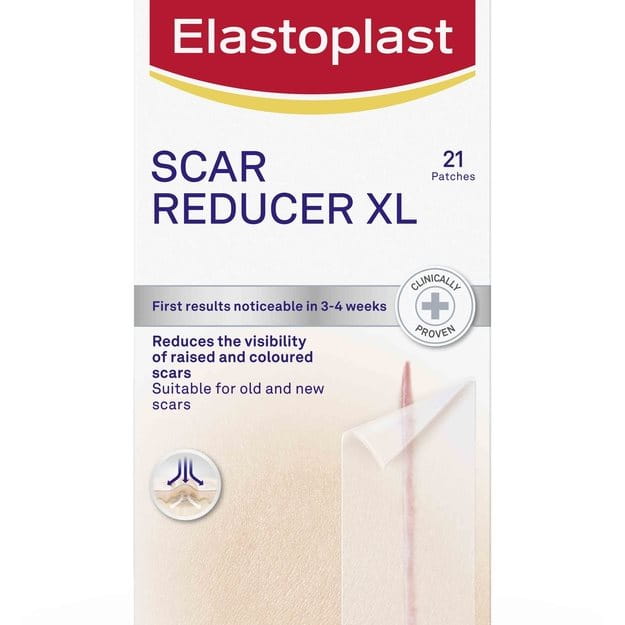When knee pain strikes, knee taping can do wonders. Discover what causes the most common knee injuries and how you can protect yourself with the correct knee strapping techniques.
Your knee is the largest joint in your body. With so many mobile and fragile components it’s not surprising that there is a long list of possible knee injuries.
Your femur (upper leg bone), tibia and fibula (lower leg bones) are separated by two menisci (discs) and connected by a number of ligaments, tendons, and muscles.
Injuries are most common causes of knee problems. However, some careers, sports, diseases and the simple fact of getting older can also increase your chances of having problems with your knees. Learning how to strap a knee is an important step in protecting yourself from injury.
Using proper knee taping techniques not only stabilises the joint but also allows for continued movement with reduced discomfort. Elastoplast offers expertly designed knee injury taping products that provide reliable support and comfort. Whether you're recovering from an injury or looking to prevent one, Elastoplast’s solutions make thumb strapping easy and effective.

